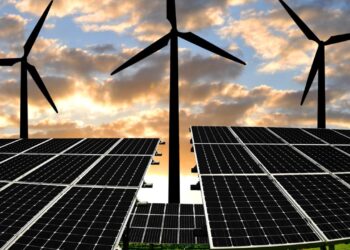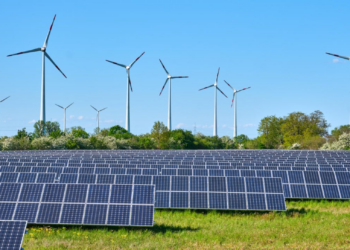Article Summary
- Oil and gas companies made outstanding profits in 2022 due to the Russia-Ukraine war.
- Net income from fossil fuel sales rose to levels never seen before, with the global oil and gas industry earning around $4 trillion in 2022.
- The record income in the oil and gas sector was used to increase shareholder returns and pay down debt, with only a fraction of the free cash flow directed toward clean energy investments
The International Energy Agency (IEA) has said that a significant amount of oil and gas profits made in 2022 were used to increase shareholder returns as opposed to investing in clean energy.
The IEA made this known in its World Energy Investments report recently released. According to the report, the year 2022 was an extraordinary year for fuel suppliers and traders.
Russia’s invasion of Ukraine drove natural gas prices to record levels in many parts of the world and oil prices back up to levels not seen since the mid-2010s. Net income from fossil fuel sales also rose to levels never seen before, with the global oil and gas industry earning around $4 trillion.
Meanwhile, the record income in the oil and gas sector was used to increase shareholder returns and pay down debt, with only a fraction of the free cash flow directed towards clean energy investments. The IEA report explained that oil and gas companies can help drive the necessary reallocation of capital by devoting more of their resources to clean energy including low-emission fuels.
Investment in these fuels – such as bioenergy, hydrogen and CCUS, is picking up but needs to increase nearly twentyfold in the Net Zero Emissions (NZE) scenario.
A part of the IEA report stated:
- “This may appear a daunting challenge, but it is by no means out of reach of the financial and technological resources of the oil and gas industry. The $1.5 trillion returned to shareholders in the form of dividends and buybacks from 2020 to 2022 could have fully covered the investment requirements in all clean fuels in the NZE Scenario between 2023 and 2030.”
However, the IEA report notes that oil and gas companies are constant in their commitment to climate pledges and clean energy investments. But the investments are not yet where the IEA needs them to be.
Another part of the report stated:
- “Our tracking of oil and gas company expenditure shows that around 4% of their upstream capital expenditure in 2022 went to areas outside traditional supply, such as clean fuels, carbon capture utilization and storage (CCUS), and clean power. This was 3 percentage points higher than the respective share in 2020.
- “Bioenergy accounted for more than half of clean energy spending by the industry in 2022 as oil and gas companies took major stakes in several bioenergy producers. Our preliminary estimate is that investment levels will remain broadly constant in 2023 although much depends on the number and size of mergers and acquisitions.
What you should know
The IEA report also highlights the fact that investments in oil and gas are still required in 2030, to minimize the emissions intensity of production and for some low-cost extensions to existing fields.
The IEA recommends a strong policy push to reduce oil and gas demand whilst scaling up investment in clean energy is crucial to orderly, secure and rapid energy transitions.



















